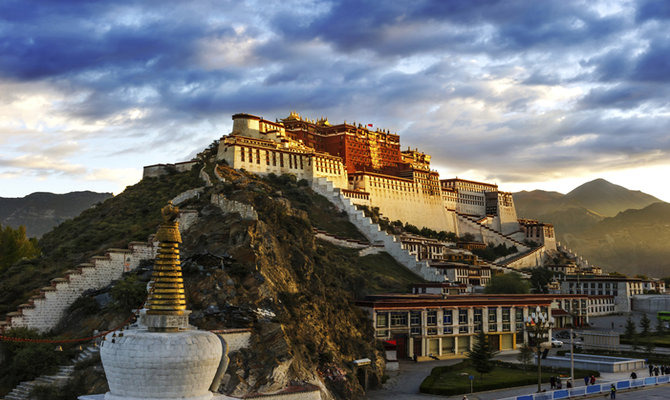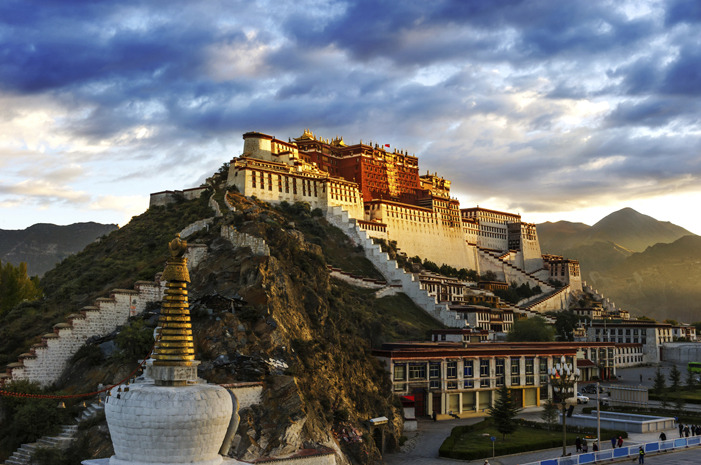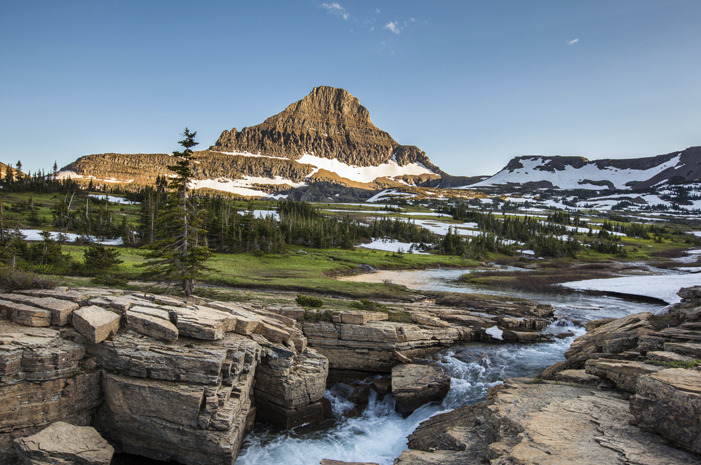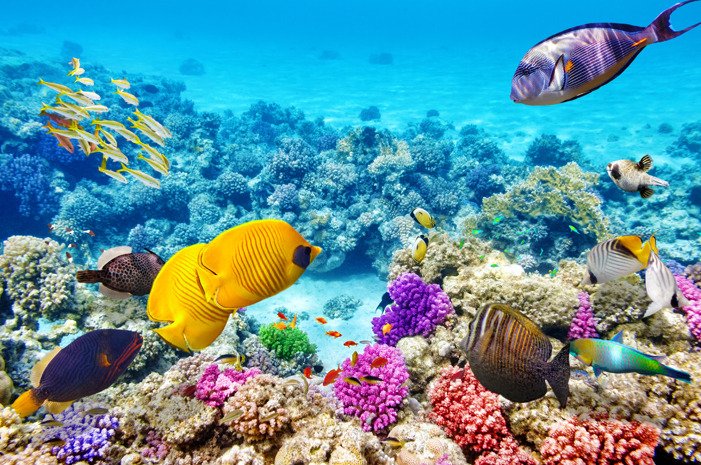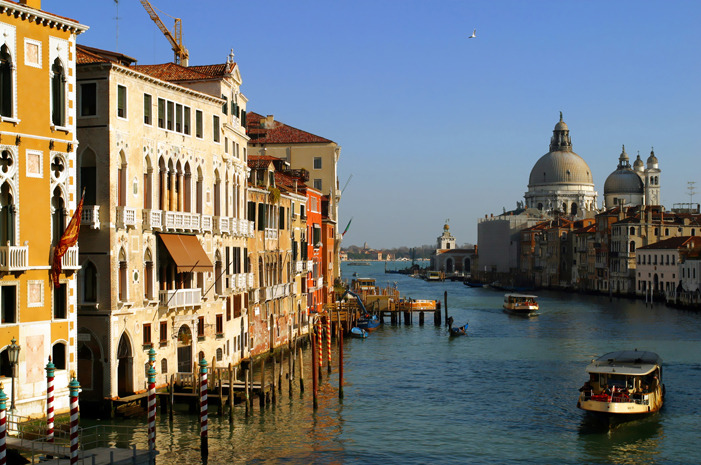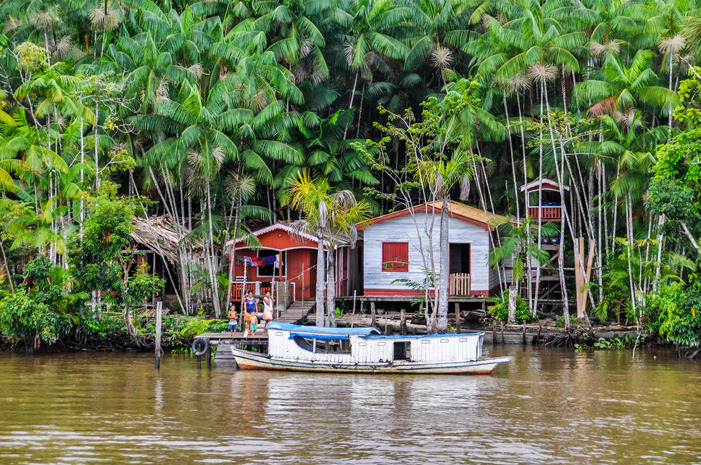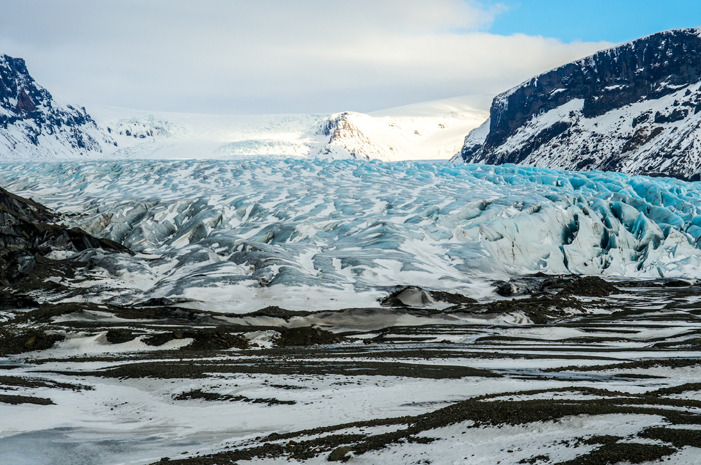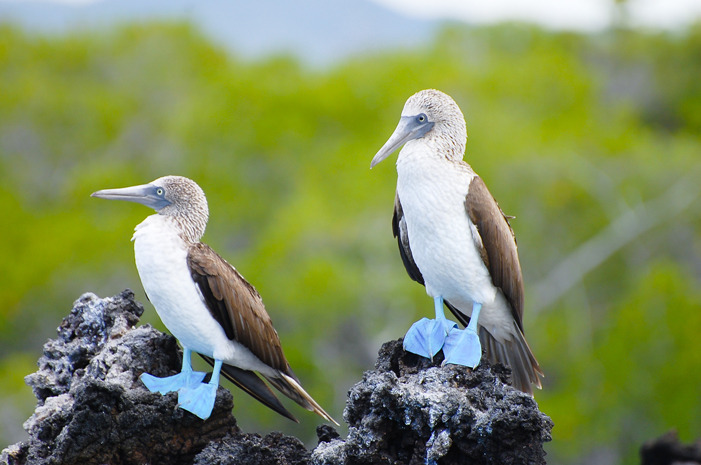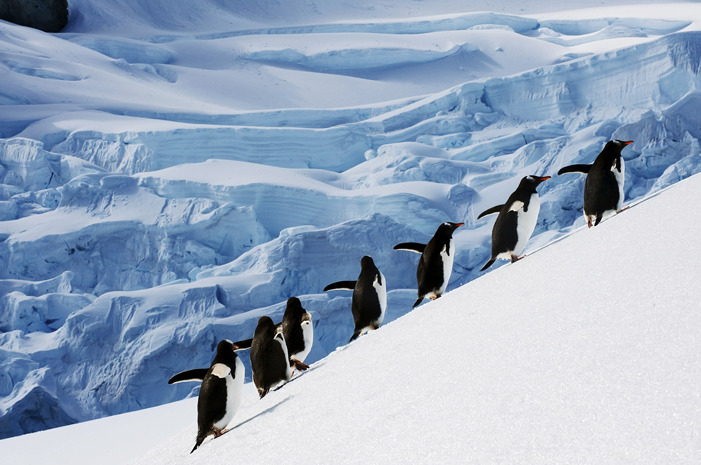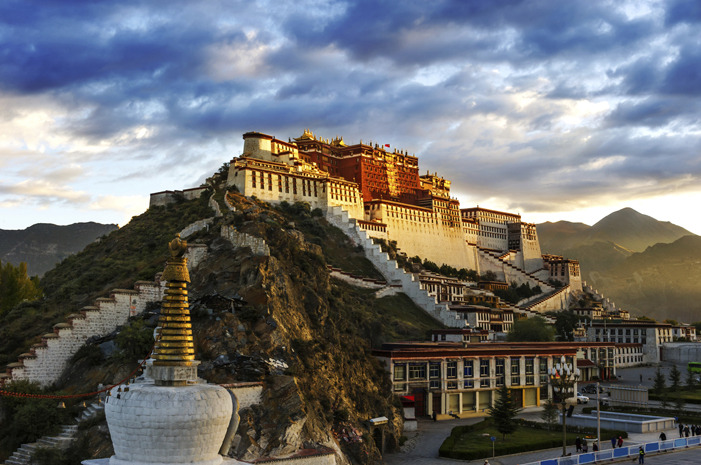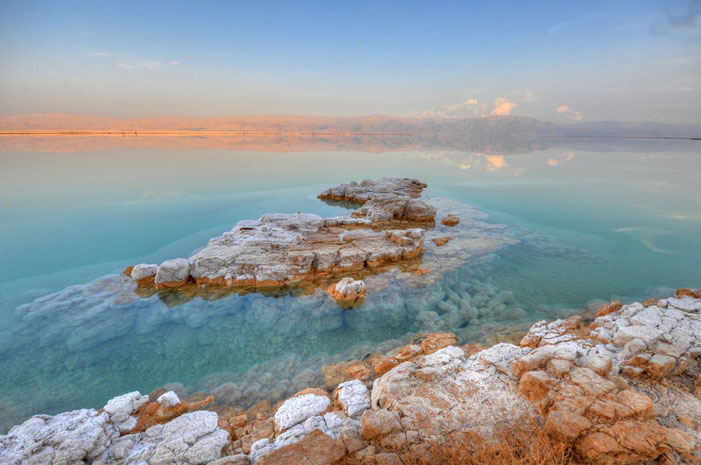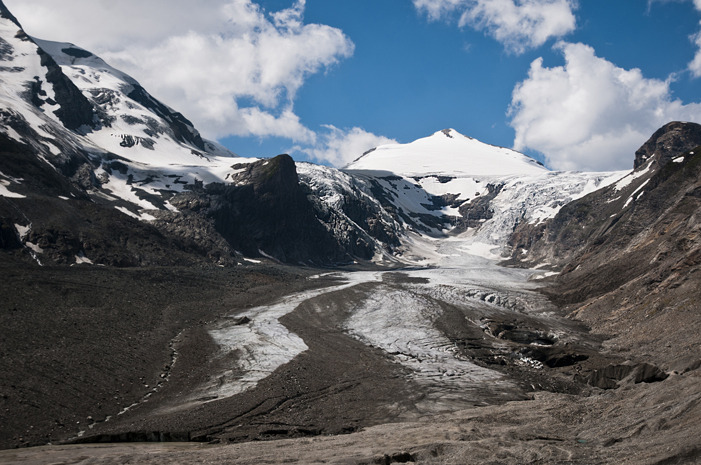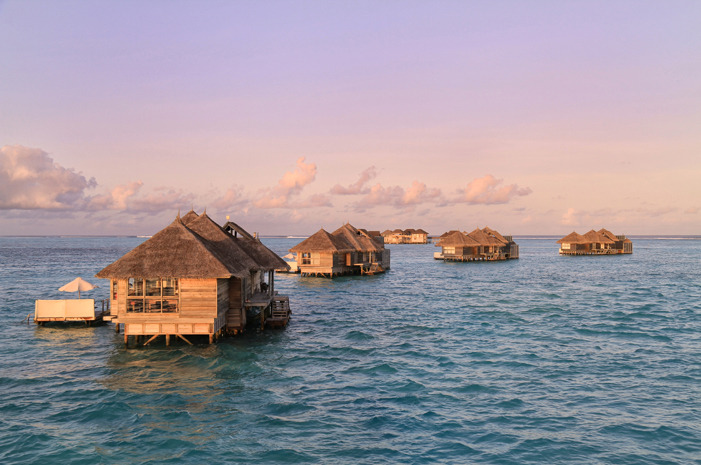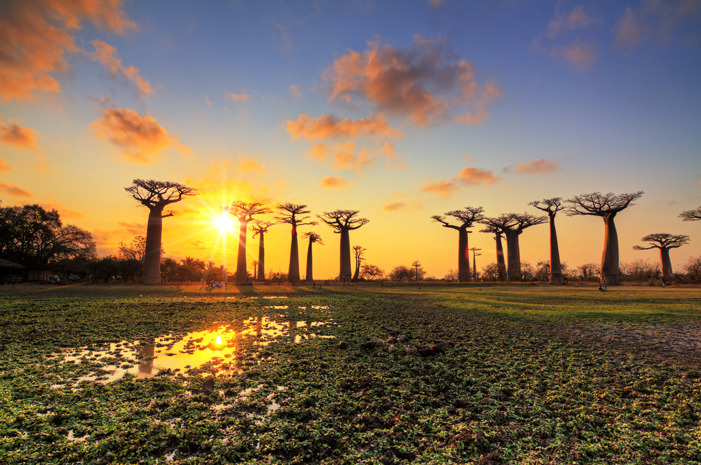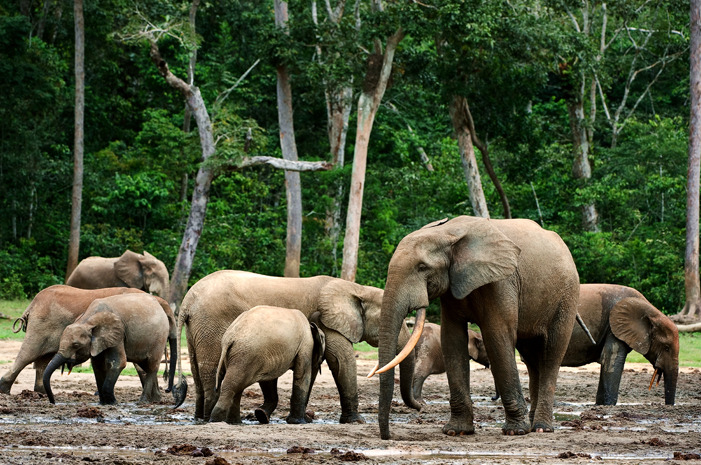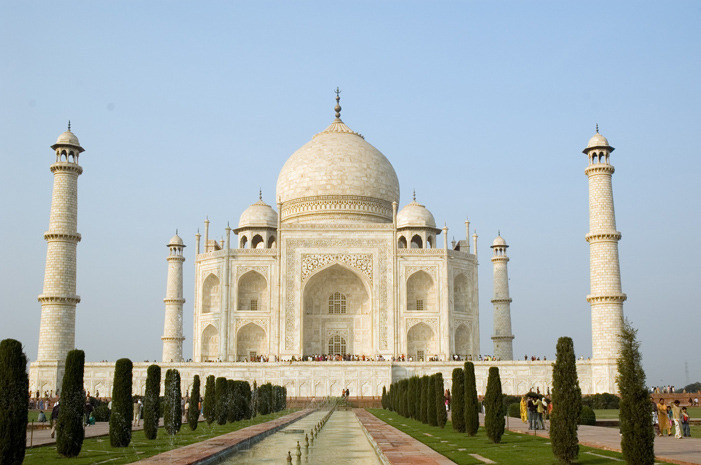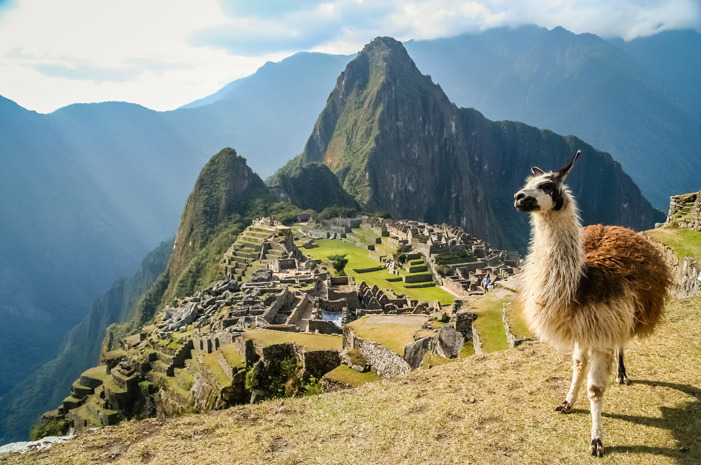15 Places To Visit Before They Disappear
Places to Visit Before They Disappear
Time is running out, some of the most iconic man-made structures and otherworldly natural sites are in danger of disappearing.
The threat of temperature and the impact of climate change have become a cause for concern. Logging companies are destroying our ecosystem and plants and animals are suffering due to deforestation. Tourism will be drastically affected along with the lives of individuals living in surrounding areas.
Unfortunately, the timelines of these disappearing destinations are approaching sooner than you may think. Between the rising sea levels in the Maldives, to excessive tourism in Machu Picchu and pollution affecting the Taj Mahal, scientists are concerned that things have been changing too quickly.
We cannot take the existence of these incredible places for granted (The Most Spectacular Glaciers to Visit Before They Melt). Our generation may be the last to see some of the most incredible sites on the planet. Get out there and explore the world, visit these spectacular destinations before they disappear.
-Nicole Dossantos
Glacier National Park
Glacier National Park started with 150 active glaciers; today it only has about 25. Sperry Glacier is one of the largest glaciers in the park and has withdrawn about 75 percent since the mid-18th century. According to USGS, mountain snowpack's hold less water and began melting at least two weeks earlier in the spring. The loss of glaciers can negatively impact the parks ecosystems and landscape aesthetics valued by the park visitors. Make sure you get out to Glacier National Park soon if you want to see the remaining glaciers before they're gone!
The Great Barrier Reef
Climate change is taking its toll on one of the seven wonders of the natural world and the world's largest coral reef system. Australia's Great Barrier Reef may disappear before we know it. According to the Daily News, "the reef is vanishing due to climate change, predatory starfish and intense cyclones linked to a warming of the oceans, according to scientists from the Australian Institute of Marine Sciences (AIMS) and the University of Wollongong."
Venice, Italy
Venice is one of the most popular tourist destinations in Italy. Unfortunately, rising water levels have become a great concern. Waterways, canals and several cities have already suffered damage. Floods have become very common and over $10 million have already been spent in repairs (therichest.com).
The Amazon Rainforest, South America
Also known as the "Lungs of our Planet," the Amazon Rainforest covers over a billion acres and produces more than 20 percent of the world's oxygen. According to National Geographic, "market forces of globalization are invading the Amazon" and "in the past three decades, hundreds of people have died in land wars; countless others endure fear and uncertainty, their lives threatened by those who profit from the theft of timber and land."
Vatnajokull Glacier
Vatnajokull is the largest glacier in Iceland, rising more than 6,500 feet in the air and covering 8 percent of the country. Because of Iceland's rising temperatures and reduced snowfall, the glacier is melting. A recent report from the Icelandic government's Committee on Climate Change warns that by the next century, Iceland's glaciers will be no more. Take a trip to Iceland soon and check out this spectacular glacier before it's too late.
Galapagos Islands
The Galapagos Islands are home to some of the most unique wildlife in the world. Hurry up and head there while you still can. The Islands are extremely threatened by tourism, pollution and the rise in sea water temperature.
Antarctica
A 2015 study by NASA has found that the last remaining sections of Antarctica's Larsen B Ice Shelf, which partially collapsed in 2002, is weakening fast and likely to disintegrate completely before the end of the decade. NASA also explains, "ice shelves are the gatekeepers for glaciers flowing from Antarctica toward the ocean. Without them, glacial ice enters the ocean faster and accelerates the pace of global sea level rise."
Tibet
Plan your trip to Tibet before their incredible culture disappears for good. "Since the early 1980s, China's policy of encouraging Chinese immigration to Tibet has become the single greatest threat to Tibetan culture (friends-of-tibet.org)." Tibetans have been protesting and demonstrating calls for independence, but Tibet is now officially considered part of China.
The Dead Sea
The Dead Sea is disappearing faster than we could have ever imagined. According to AccuWeather.com, it is "leaving behind thousands of sinkholes that are chipping away at the coastline's vibrant and touristy atmosphere." In 2015 ABC News reported that there are more than 3,000 sinkholes on the banks of The Dead Sea.
Pasterze Glacier, Austria
Pasterze Glacier is the longest glacier in Austria and sits on the foot of Austria's largest mountain. It is continuously melting by 33 feet every year. "Austrian geologists have warned that the country's glaciers melted faster this year than ever before and predict that all, including the massive Pasterze glacier, will have vanished by the year 2050," The Local reports. The loss of Austria's glaciers will change the supply of irrigation and drinking water, negatively impacting parts of the ski industry.
The Maldives
Did you know Maldives is the lowest country on the planet? Take a trip before it's too late and explore the beautiful ocean. According to the United Nation's Intergovernmental Panel on Climate Change if sea levels continue to rise, the Maldives may end up completely submerged by 2100.
Madagascar
Congo Basin, Africa
The Congo Basin produces approximately 40 percent of the world's oxygen and is known for their incredible wildlife (The Most Incredible Adventure Destinations for Animal Lovers). According to the WWF, "As forests shrink, wildlife disappears and economies sputter, one business keeps booming in the Congo Basin forests: logging." They also explain, population growth has caused pressures over the last decades and unregulated extraction of timber is putting wildlife, local people and economies at risk.
Taj Mahal
The Taj Mahal is one of India's UNESCO heritage sites and known as one of the most gorgeous places in in the world. Unfortunately, a 2010 survey revealed it is facing major threat from pollution. "The report, compiled by India's National Environment Engineering Research Institute, shows that measures taken after previous scares that the 17th-century tomb was being irreparably damaged by air and water pollution are failing (theguardian.com)." That being said, experts believe the pollution and erosion combined could cause it to collapse.
Machu Picchu, Peru
Machu Picchu is one of the world's famous tourist attractions (30 Adventure Destinations for 2016). It has been said that the ruins are being worn down by tourists; many are running rampant off and on the designed footpaths. According to CNN Travel, "scientists have revealed that the ruins lie directly on the Tambomachay Fault, suggesting that if the tourists don't destroy it, an earthquake might."
